Study about Industrial Instruments Questions and answers useful for your interview preparation. Read complete instrumentation interview articles.
Industrial Instruments Questions
1. What are the process Variable?
The process Variable are:
1) Flow
2) Pressure
3) Temperature
4) Level
5) Quality i. e. % D2, C02, PH etc.
2. Define all the process Variable and state their unit of measurement. ?
1) FLOW: Kg I hr, Litter I min, Gallon I min. M3 I NM3 I HR. (GASES)
2) PRESSURE: Force acting per unit Area. P = F/A Units: Bar I Pascals I Kg I CM I, Pounds
3) LEVEL: Different between two heights. Units: Meters, M M, C M, %.
4) TEMPERATURE: It is the degree of hotness or coldness of a body. Units : Degree Centigrade, Degree Farenheit, Degree Kelvin, Degree Rankin.
5) QUALITY: It deals with analysis PH, % C02, % 02, Conductivity, Viscosity.
3. What are the primary elements used for flow measurement. ?
The primary elements used for flow measurement are:
1) Orifice Plate.
2) Venturi tube.
3) Pitot tube.
4) Annubars.
5) Flow Nozzle.
6) Weir & Flumes.
4. What are the different types of orifice plates and state their uses?
The different types of orifice plates are:
1) Concentric.
2) Segmental.
3) Eccentric.
CONCENTRIC:
The concentric orifice plate is used for ideal liquid as well as gases and steam service. This orifice as a hole in concentric and hence known as concentric orifice.
Eccentric & Segmental:
The accentric orifice plate has a hole eccentric. The use this is made in viscous and sherry flow measurement.
The segmental orifice place has the hole in the form segment of a circle. This is used for colloidal and sherry flow measurement.
5. How do you identify an orifice in the pipe line. ?
An orifice tab is welded on the orifice plate which extends our of the line giving an indication of the orifice plate.
6. Why is the orifice tab provided. ?
The orifice tab is provided due to the following reasons.
1) Indication of an orifice plate in a line.
2) The orifice diameter is marked on it.
3) The material of the orifice plate.
4) The tag no. of the orifice plate.
5) The mark the inlet of an orifice.
7. What is Bernoulli’s theorem and where it is applicable. ?
Bernoulli’s theorem states the “total energy of a liquid flowing from one point to another remains constant.” It is applicable for non compressible liquids.
8. How do you identify the H. P. side or inlet of an orifice plate in line. ?
The marking is always done H. P. side of the orifice tab which gives an indication of the H. P. side.
9. How do you calibrate a D. P. transmitter. ?
The following steps are to be taken which claribrating :
1) Adjust zero of the Xmtrs.
2) Static preasure test: Give equal pressure on both sides of the transmitter. Zero should not shift. If it is shifting carry out static aligntment.
3) Vaccum test: Apply equal vaccum to both the sides. The zero should not shift.
4) Calibration Procedure:
a) Give 20 psi air supply to the transmitter.
b) Vent the L.P. side to atmosphere.
c) Connect output of the Instrument to a standard test gauge. Adjust zero.
d) Apply required pressure to high pressure side of the transmitter and adjust the span.
e) Adjust zero again if necessary.
10. What is the seal liquid used for filling impulse lines on crude and viscous liquid?
Glycol.
11. How do you carry out piping for a Different pressure flow transmitter on liquids, Gas and steam services? Why?
Liquid lines:
On liquid lines the transmitter is mounted below the orifice plate. Since liquids have a property of self draining.
Gas Service:
On gas service the transmitter is mounted above the orifice plate because Gases have a property of self venting and secondly condensate formation.
Steam Service:
On steam service the transmitter is mounted below the orifice plate with condenlate pots. The pots should be at the same level.
12. An operator tells you that flow indication is more? How would you start checking?
1) First flushing the transmitter. Flush both the impulse lines. Adjust the zero by equalizing if necessary. If still the indication is more then.
2) Check L.P. side for choke. If that is clean then.
3) Check the leaks on L.P. side. If not.
4) Calibrate the transmitter.
13. How do you do a zero check on a D.P. transmitter?
Close one of the valve either H.P. or L.P. open the equalizing valve. The O/P should read zero.
14. How would you do Glycol filling or fill seal liquids in seal pots 7Draw and explain.
The procedure for glycol filling is :
1) Close the primary isolation valves.
2) Open the vent on the seal pots.
3) Drain the use glycol if present.
4) Connect a hand pump on L.P. side while filling the H.P. side with glycol.
5) Keep the equalizer valve open.
6) Keep the L.P. side valve closed.
7) Start pumping and fill glycol.
8) Same reeat for L.P. side by connecting pump to H.P. side, keeping equalizer open and H.P. side isolation valve closed.
9) Close the seal pot vent valves.
10) Close equalizer valve.
11) Open both the primary isolation valves.
15. How do you calculate new factor from new range using old factor and old range. ?
New Factor = _!New Range Old Factor = _IOld Range Flow = K_!Range
Q = Factor X Unit Flow
New Factor = Old Factor I _IOld Range X _/New Range.
16. How will you vent air in the D.P. cell? What if seal pots are used?
1) Air is vented by opening the vent plugs on a liquid service transmitter.
2) On services where seal pots are used isolate the primary isolation valves and open the vent valves. Fill the line from the transmitter drain pluge with a pump.
17. Why is flow measured in square root?
Flow varies directly as the square root of different pressure F = K square root of ΔP.
Since this flow varies as the square root of differential pressure the pen does not directly indicate flow.
The flow can be determined by taking the square root of the pen. Say the pen reads 50% of chart.
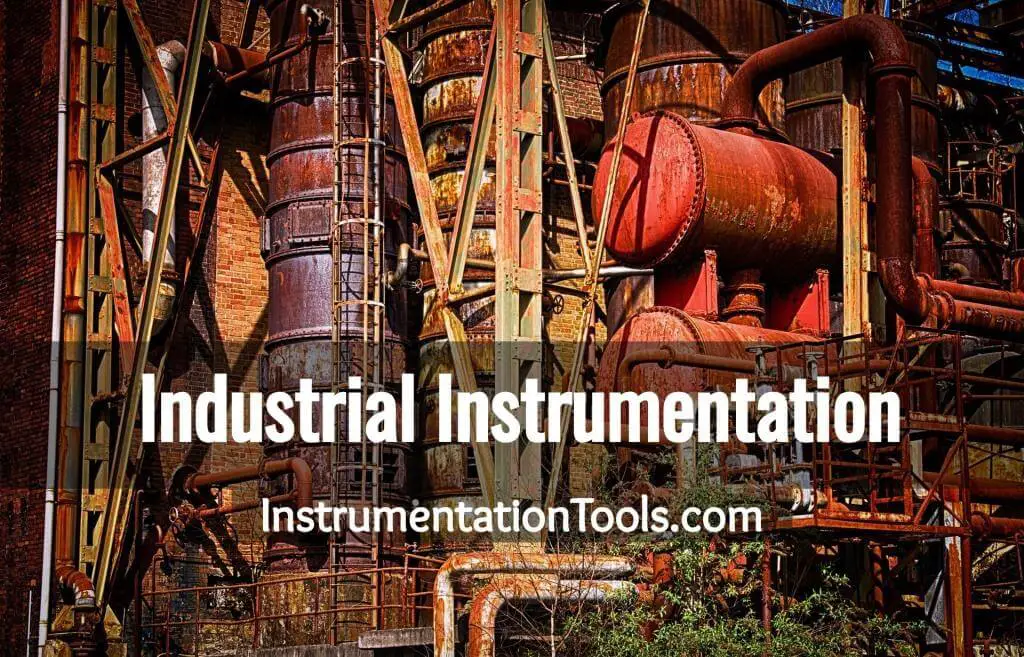

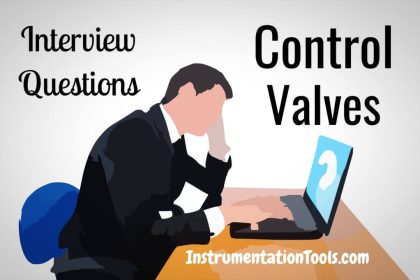
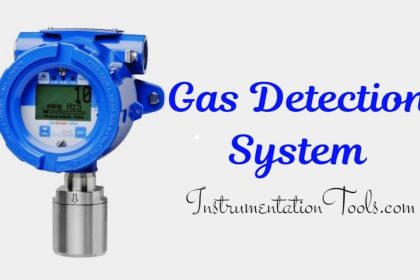
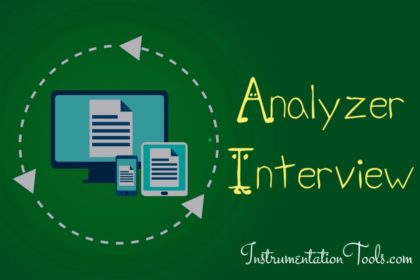
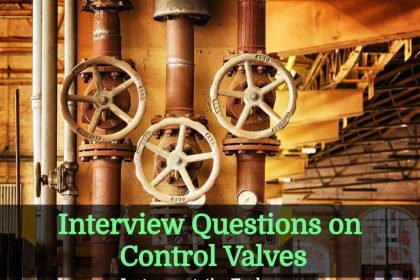
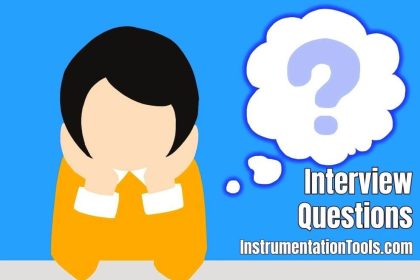
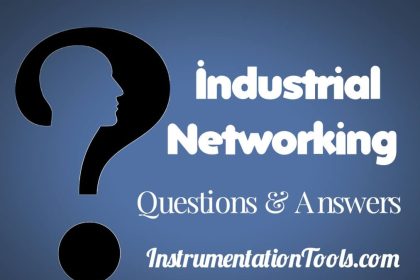
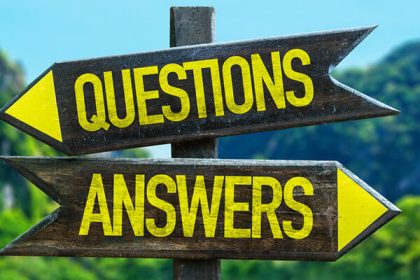
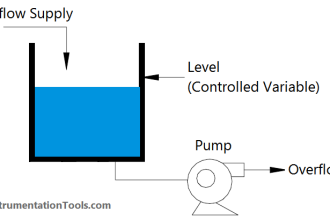

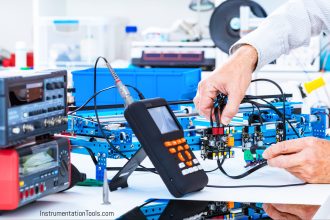
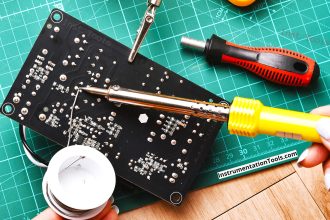
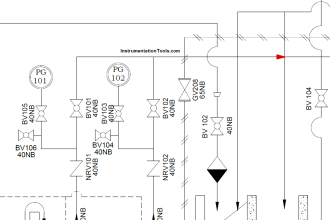
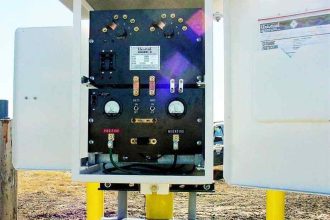

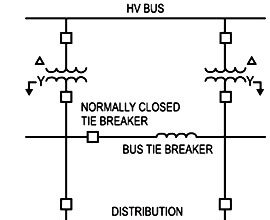

super excellent website, its helping so much. keep it up.
The contain is right or not because many spelling mistakes are there. So kindly look over it.
Thanks for sharing, I would like to point out something important : In DP instrument, it is recommended to open the by-pass valve on the valve manifold first prior to isolate the sensor from the process to protect the differential cell, this prevents one side of the DP sensor from being subjected to HP while the other side has no pressure applied.
I studied ECE but now I work as an inst supervisor…learning from bottom to top with this website thank you so much, sir … I never forgot your help…